 13 May 2019
New study suggests Moon is still tectonically active
13 May 2019
New study suggests Moon is still tectonically active
... associated with vibrations originating underground – deep and shallow ones – another is due to vibrations from the impact of meteorites and the last variety are thermal quakes; these are formed after the Moon has undergone...
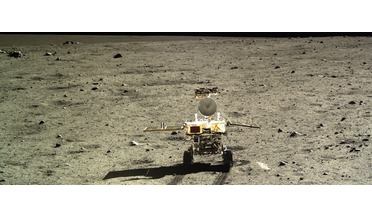 02 September 2019
Strange substance discovered by China's lunar rover on far side of the Moon
02 September 2019
Strange substance discovered by China's lunar rover on far side of the Moon
... not connected with the mission have said that the substance could be a melt glass created from meteorites that strike the moon, similar to that which created the 180 kilometre-wide Von Kármán Crater where...
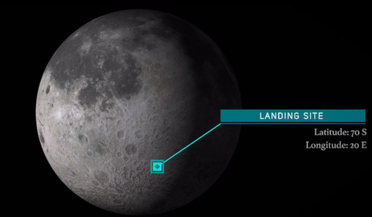 06 September 2019
India's Chandrayaan-2 lander due to touchdown tonight
06 September 2019
India's Chandrayaan-2 lander due to touchdown tonight
... a prime location for the study of ancient water and ice left over from when comets and meteorites bombarded the lunar surface, thus offering scientists the chance to study an undisturbed record of the solar system...
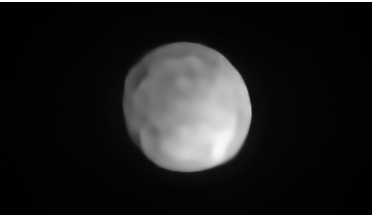 28 October 2019
Hygiea asteroid could turn out to be the smallest dwarf planet yet
28 October 2019
Hygiea asteroid could turn out to be the smallest dwarf planet yet
... in 1849, is thought to consist mostly of carbon – a material similar to that found in carbonaceous chondrite (stony, non-metallic) meteorites. It is the largest of the class of dark C-type asteroids that are dominant in the outer asteroid belt but...
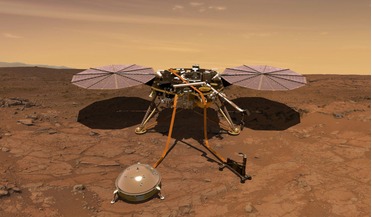 24 February 2020
First results from InSight reveal a seismically active Mars
24 February 2020
First results from InSight reveal a seismically active Mars
... of the key studies released today. This indicates a seismically active planet rather than one being bombarded by meteorites as signals relating to impact-induced activity have yet to be observed. The frequency of the internal tremors is above that...
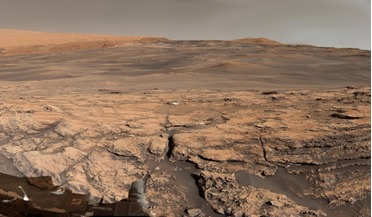 09 March 2020
Organic molecules found on Mars could be consistent with early life, says study
09 March 2020
Organic molecules found on Mars could be consistent with early life, says study
... Mars’ climate was significantly warmer and wetter than the dry and cold planet we see today. Meteorites slamming into the Martian surface could also account for the thiophenes existence, but given their...